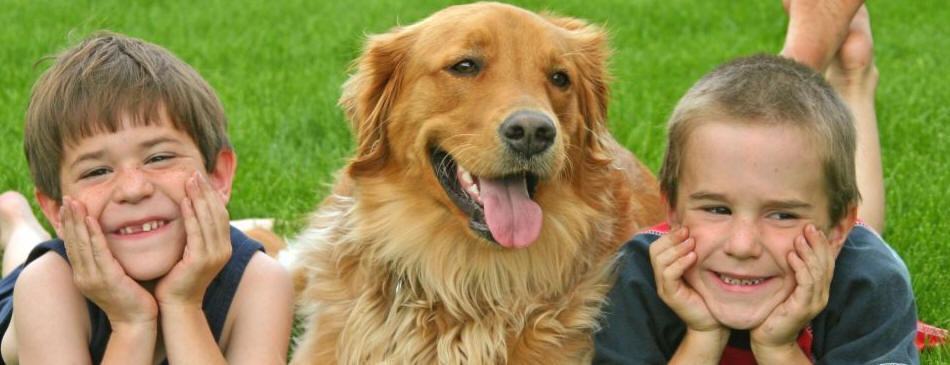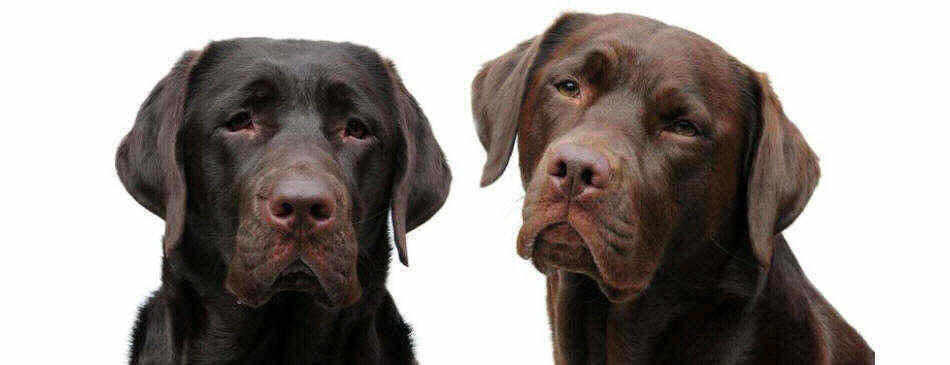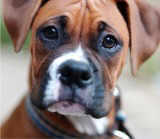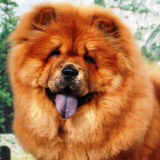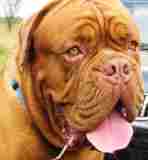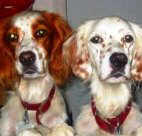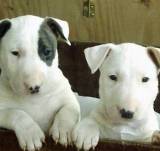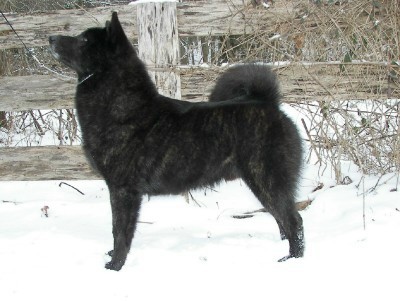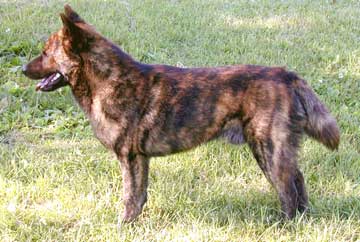AKC Dog Breeds: Kai Ken

As dog owners and people who care deeply for animals and wildlife, we wanted our Dog Encyclopedia to be a website that could empower pet owners to create the most positive, loving environment for their dogs. Dog Encyclopedia realizes that owning a dog is like adding a new member to your family.
Foundation Stock Service® Breed
Height: 17-22 inches Weight: 25-55 pounds Color: brindle
Height: 17-22 inches Weight: 25-55 pounds Color: brindle


